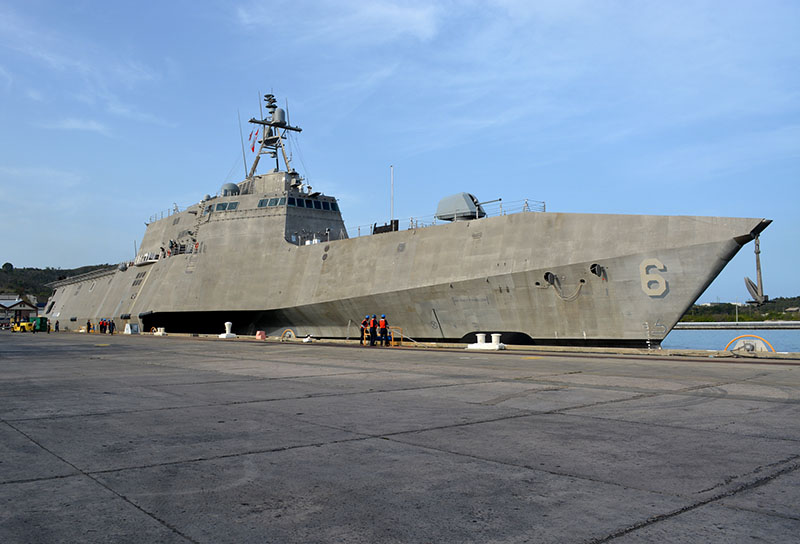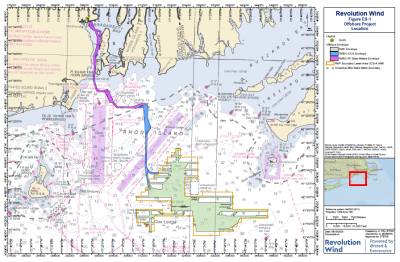Most marine engineers, naval architects and shipbuilders will tell you that one of their toughest challenges is designing and building first-of-a-kind vessels. The reason is quite simple: no one has done it before. The more complicated the specifications, the more difficult it will be to get them right.
The Navy’s almost $30 billion littoral combat ship program has come under fire of late for system and structural failures. Senators John McCain, R-Ariz., and Jack Reed, D-R.I., as the highest-ranking members of the Senate Armed Services Committee, are not happy and let Navy officials know about it in a letter back in September of last year.
There are two versions of the LCS. One is a 378'x57.4' steel monohull/aluminum Freedom-class version being built at Fincantieri’s Marinette Marine shipyard in Wisconsin. The other is an aluminum 417'x99' trimaran LCS being built at Austal USA in Mobile, Ala. Both shipyards and the Navy are in deep water on these projects, which should come as no surprise to anyone who has been paying attention to the program since the early 2000s.
“These are high-risk designs. This is extreme engineering,” said Lothar Birk, department chairman at the University of New Orleans School of Naval Architecture and Marine Engineering. “You’ve got to develop new tools and tweak hydrodynamic codes. It doesn’t necessary work out the first time.”
The program has had stops and starts for more than a decade. Back in 2007, for example, problems led to funding for LCS 3 being pulled. It was later reinstated. “The designers are trying to give the Navy what it wants,” said Lothar, “but these ships are to operate in war zones and they really have no armament on them. The [armament] weight would make it impossible to reach the speeds the Navy wants.”
So, the Navy has made a number of changes over the years and is in the process of making more. Many want to know who is at fault. The Navy, designers and shipbuilders are involved in a project that no one has taken on in the past. You can argue that the Navy should have done this or that and different designers would make a difference, as would different shipbuilders. But how do you know when no one has done it before?
In the end, the Navy's LCS program will bring positive changes to the workboat industry in the future. To get there, however, the industry needs an entity with deep pockets, like the U.S. government. No private company could handle it. “The process will lead to new designs for other ships, the use of new tools and so forth. It will be a positive thing,” said Birk. “Maybe some day there will be trimaran workboats servicing the oil and gas industry in the Gulf.”





